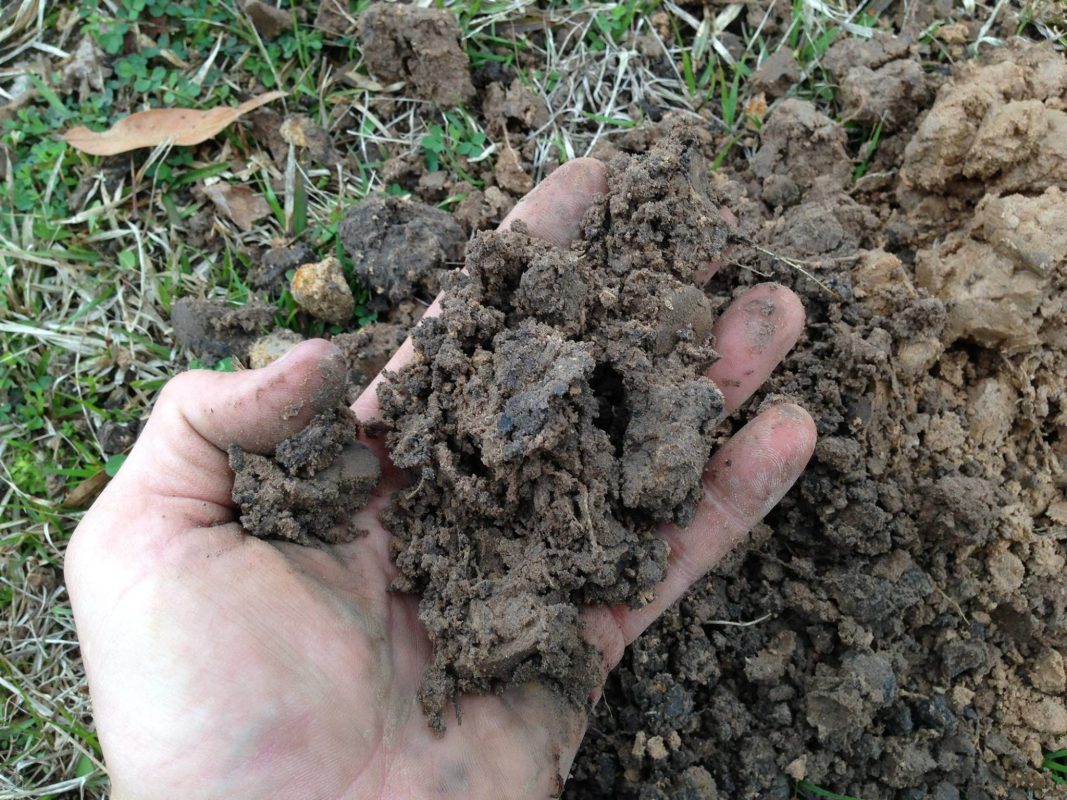YETRAC
Alkaline Soils: Characteristics, Challenges, and Solutions
Alkaline Soils: Characteristics, Challenges, and Solutions
Alkaline soils, also known as basic soils, are a distinct type of soil with a high pH level, typically greater than 8.5. These soils pose unique challenges to agriculture and gardening, making it crucial to understand their characteristics and learn effective management strategies. In this in-depth guide, we will explore the causes of alkaline soils, their characteristics, agricultural challenges, the chemistry behind their high pH levels, and practical solutions for working with these soils.
Understanding Alkaline Soils: Causes and Characteristics
Alkaline soils derive their unique properties from various natural and man-made causes:
- Natural Causes: Alkaline soils often result from the presence of specific soil minerals, particularly sodium carbonate (Na2CO3) and sodium bicarbonate (NaHCO3), produced during weathering processes. These minerals contribute to the high pH levels and poor soil structure commonly associated with alkaline soils.
- Man-Made Causes: Human activities can exacerbate soil alkalinity. For example, coal-fired power plants using coal rich in limestone can produce ash containing calcium oxide (CaO). When this ash dissolves in water, it forms slaked lime (Ca(OH)2), which can lead to the precipitation of calcium and magnesium ions and the conversion of sodium bicarbonates into sodium carbonate. Sodium carbonate, or washing soda, further reacts with the remaining calcium and magnesium ions in the water, increasing the sodium content. Additionally, industrial and domestic applications that use sodium salts, such as sodium carbonate and sodium bicarbonate, contribute to rising water sodicity.
Agricultural Challenges in Alkaline Soils
Cultivating crops in alkaline soils can be particularly challenging due to several factors:
- Low Infiltration Capacity: Alkaline soils often exhibit low infiltration capacity, leading to water stagnation during rainfall. This makes dry-land cultivation nearly impossible without copious irrigation and proper drainage.
- Limited Crop Selection: The choice of crops is limited to those that can tolerate surface waterlogging, such as rice and certain grasses. However, the productivity of these crops can be lower in alkaline soils.
The Chemistry of Alkaline Soils: Sodium and Soil Alkalinity
The chemistry of alkaline soils revolves around the presence of sodium carbonate. When sodium carbonate dissolves in water, it forms sodium and carbonate ions, contributing to soil alkalinity. This carbonate ion is a weak base that hydrolyzes in water, producing bicarbonate and hydroxyl ions, raising the pH. This high pH is one of the defining characteristics of alkaline soils. Notably, the solubility of sodium carbonate makes it a more potent alkalizing agent compared to calcium carbonate.
Managing Alkaline Soils: Techniques and Best Practices
Effectively managing alkaline soils requires several strategies:
- Incorporating Acidifying Materials: To improve alkaline soils, incorporate acidifying materials into the soil, such as organic compost, waste products (like hair and feathers), and organic garbage. These materials help balance the pH levels in the soil.
- Deep Plowing: Deep plowing can help improve soil structure by mixing the calcareous subsoil with the topsoil, which may contain fewer alkaline compounds.
- Effective Drainage and Leaching: Proper drainage systems and leaching play a crucial role in mitigating alkaline soil challenges. By reducing the accumulation of salts in the soil, these techniques can enhance soil quality.
- Reclamation Using Gypsum: Gypsum (calcium sulfate) can be applied to replace sodium ions with calcium ions, helping lower the soil’s pH and improve its quality.
Fertilizer Management in Alkaline Soils
Fertilizer management is critical when working with alkaline soils. Understanding how pH affects nutrient availability is essential. Adjust your fertilizer use to accommodate the specific needs of crops in high-pH conditions. Some nutrients may become less available to plants in alkaline soils, necessitating a customized approach to fertilization.
Planting Strategies for Alkaline Soils
Selecting the right crops and plant varieties is essential for success in alkaline soils. Some plants are naturally more tolerant of alkaline conditions, while others may require soil amendments for optimal growth. Learn how to choose the best crops and create a suitable environment for them to thrive.
Thriving in Alkaline Soil Conditions
In conclusion, while alkaline soils present unique challenges, they are not insurmountable. With the right knowledge and management techniques, these soils can be transformed into fertile ground for a variety of crops. Whether you are a farmer, gardener, or land manager, understanding how to work with alkaline soils is essential for sustainable and productive agriculture.

